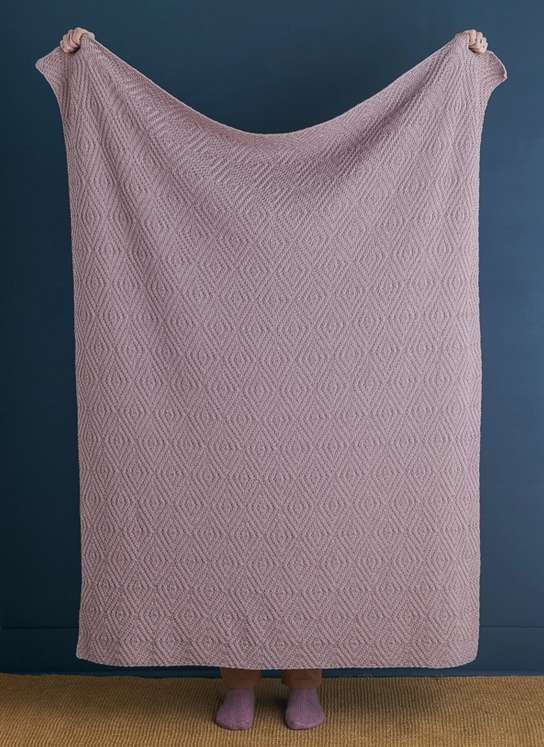In celebration of National Craft Month, Craft Gossip is offering its readers 2 chances to win a Rowenta Focus iron! A good iron is an essential tool for a wide variety of crafts, so I was happy to receive one of these irons to review. I use lots of fabrics, trims, and ribbons for my mixed media art, so I gathered a pile of vintage lace trim, a variety of ribbons, along with a piece of freshly laundered cotton fabric and started ironing!
The Rowenta Focus has several crafter-friendly features:
A non-auto off function that allows the iron to remain on for extended periods of time at the same temperature. This is very helpful if your project takes a little extra time or has lots of details.
An extra large water tank with a covered filling inlet: a great feature that allows for plenty of steam, while the covering prevents water from being spilled on delicate fabrics or other craft materials like paper. Best of all it uses tap water, so it’s very easy to refill!
A high precision tip that makes ironing tiny details incredibly easy.
One of my favorite features of the iron is the precision tip. It proved very effective for smoothing out even the most crumpled of my vintage trims and restoring them to their original beauty. The burst of hot steam helped remove stubborn wrinkles from cotton fabric, but there were no problems with leaking when I turned the steam feature off to iron some delicate silk ribbon. I found the Rowenta Focus to be a valuable addition to my crafting tools. For a chance to win your own iron, please visit the giveaway post on Craft Gossip for all the details. The giveaway ends March 31, 2011 so enter soon!


